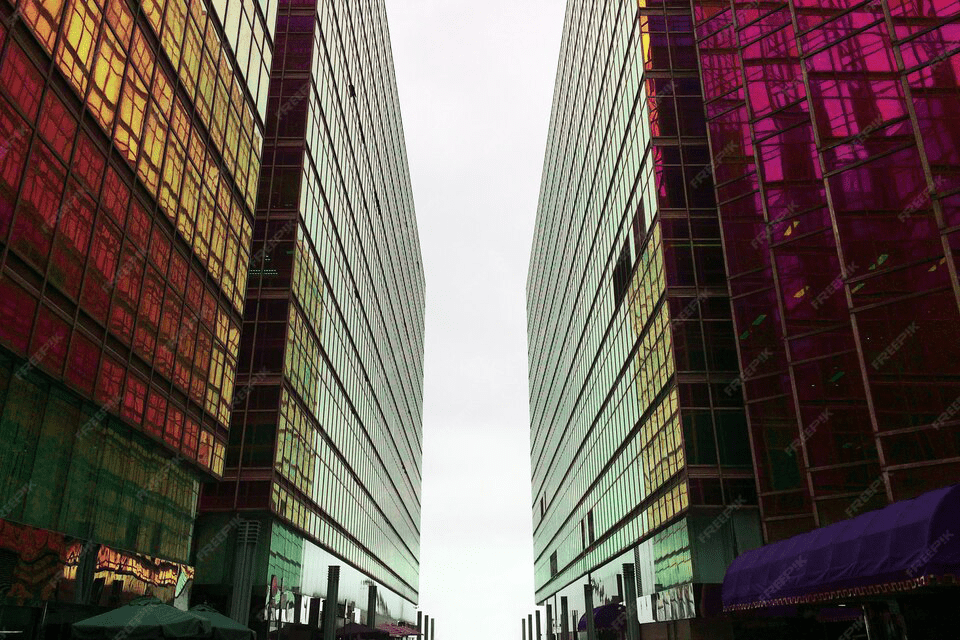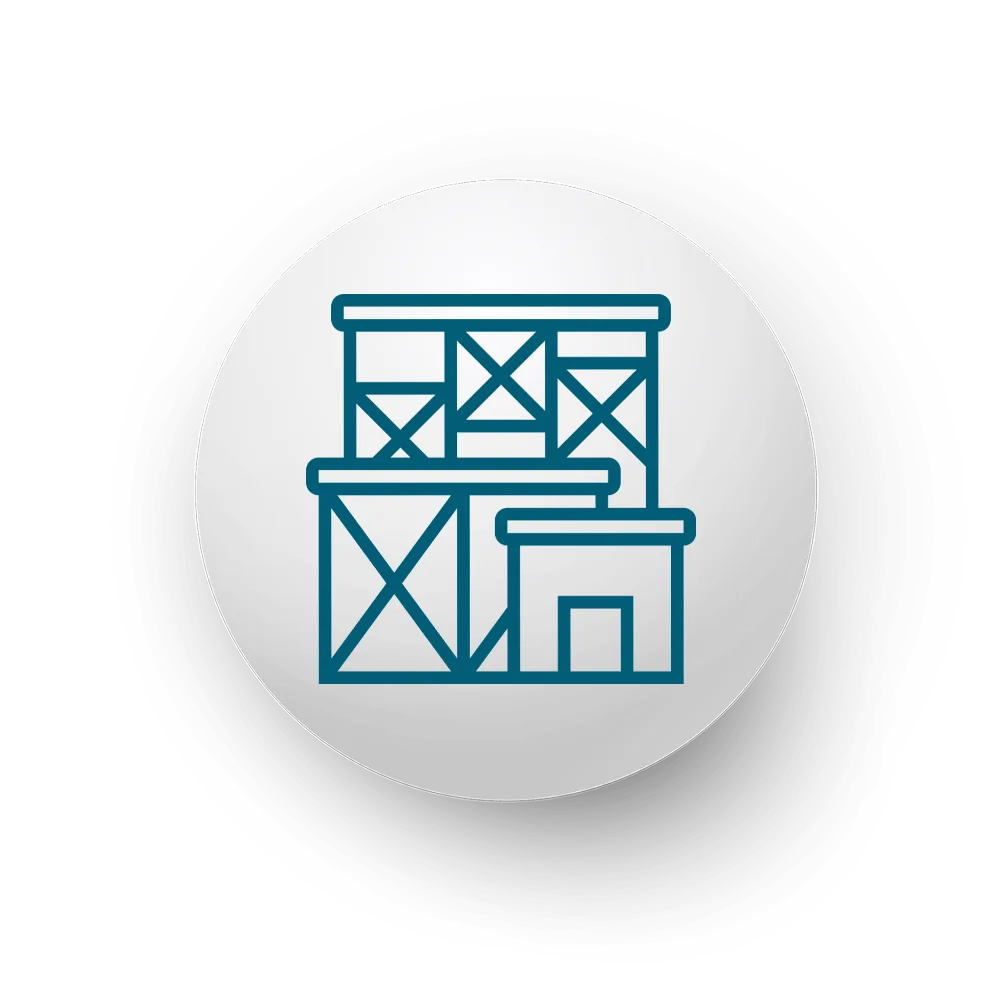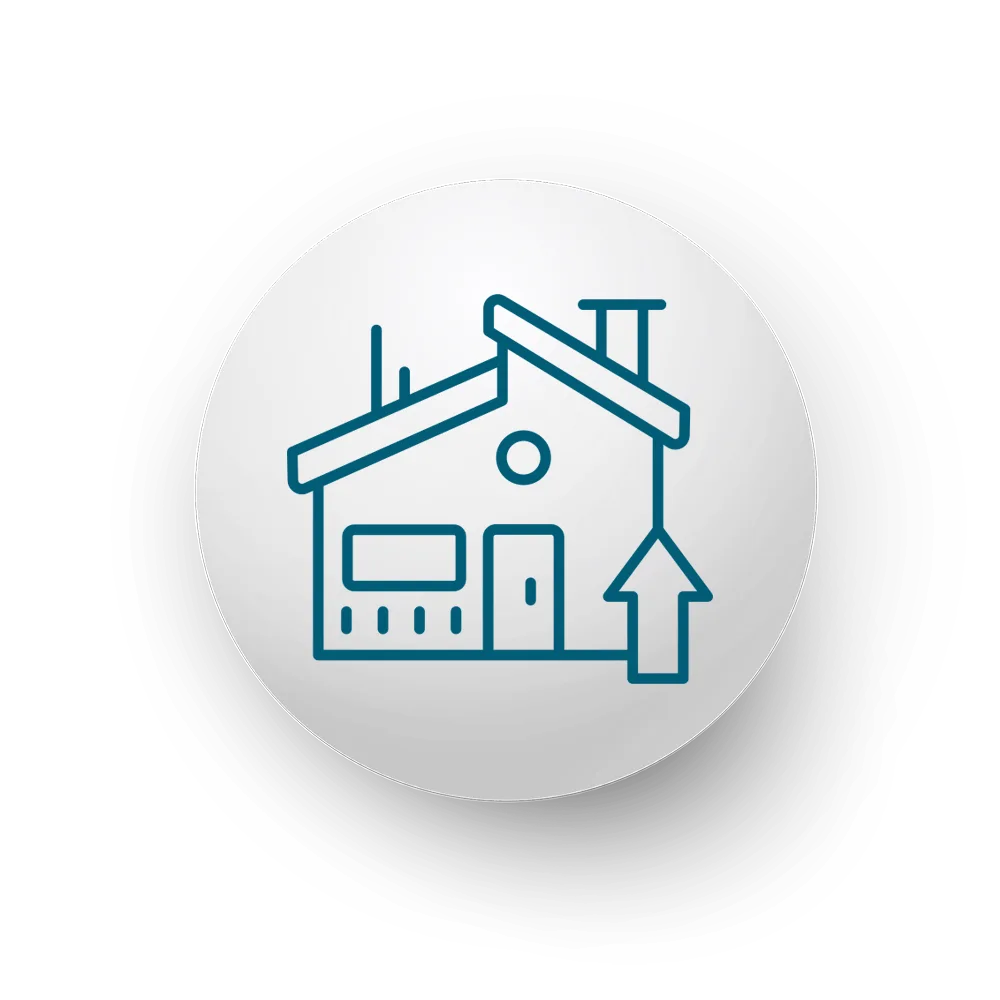Seismic Design Services
At Chambers, our seismic design services are dedicated to safeguarding structures against earthquakes and other seismic events. We combine advanced risk assessments with innovative design strategies to create resilient structures that protect lives, minimize damage, and ensure regulatory compliance.


What We Do
Our structural design and analysis services transform your vision into reality by:

Material Selection
Identifying and specifying the best materials for each project, balancing durability, aesthetics, and cost-effectiveness.

Design Calculations
Performing detailed and accurate calculations for every structural element to guarantee performance and stability
We work closely with our clients to develop customized solutions that meet specific project requirements while adhering to industry standards and regulations.
Our Key Services

On-Site Inspection & Supervision
- Hazard Identification: Conduct comprehensive analyses of seismic hazards, including historical earthquake data and local ground conditions.
- Vulnerability Analysis: Evaluate site-specific vulnerabilities, including soil-structure interaction and potential amplification effects.
- Ground Motion Evaluation: Determine critical ground motion parameters using state-of-the-art seismic modeling techniques.

Design Solutions
- Seismic-Resistant Structural Design: Develop robust structural systems that incorporate energy-dissipating features and ductile detailing.
- Base Isolation & Damping Techniques: Integrate innovative base isolation and damping systems to reduce seismic forces transmitted to the structure.
- Retrofitting & Strengthening: Provide remedial design services to upgrade existing structures, enhancing their seismic resilience and prolonging service life.
How We Do It
Our systematic approach ensures that every project benefits from the latest seismic design methodologies:

3. Design Development
Create preliminary designs using advanced modeling software and iterative simulations.

2. Seismic Data Collection & Analysis
Gather and analyze relevant seismic data, including site-specific ground motion records and geotechnical reports.

1. Initial Consultation
Collaborate with clients to understand project goals, site conditions, and specific seismic concerns.

5. Documentation & Reporting
Provide detailed design documentation and ongoing consultation to support construction and post-construction evaluation.

4. Optimization & Review
Refine designs through rigorous testing and peer reviews, ensuring they meet or exceed safety standards.
Innovation & Technology
We leverage state-of-the-art tools and technologies to enhance our seismic design services:
Advanced Seismic Simulation Software
Advanced Seismic Simulation Software
Advanced Seismic Simulation Software
- Use finite element analysis and dynamic simulation tools to predict structural performance under seismic loads.
Building Information Modeling (BIM)
Building Information Modeling (BIM)
Building Information Modeling (BIM)
- Integrate seismic design data into BIM for seamless collaboration and improved project visualization.
Digital Twin Technology
Digital Twin Technology
Digital Twin Technology
- Create digital replicas of structures to simulate real-time seismic responses and optimize design parameters.
IoT-Enabled Monitoring
IoT-Enabled Monitoring
IoT-Enabled Monitoring
- Implement sensor networks to monitor structural behavior and validate design performance during seismic events.
Sustainability & Impact
Our seismic design approach not only enhances safety but also supports sustainable construction practices:
- Resilient Infrastructure:
Reduce the likelihood of post-earthquake repairs and rebuilds,
minimizing resource use and environmental impact. - Long-Term Durability:
Design structures that remain functional and safe over their lifespan,
contributing to community resilience. - Cost-Effective Solutions:
Optimize design to balance safety, material efficiency, and economic
viability, lowering long-term lifecycle costs. - Environmental Responsibility:
Incorporate eco-friendly materials and design practices that support
sustainable development goals.
Industries We Serve
Our expertise in structural design and analysis benefits a broad range of sectors:

Government & Municipalities
Public buildings, schools, and community centers built to endure seismic forces.

Residential Developments
Earthquake-resistant homes and multi-family complexes that ensure family safety and structural integrity.

Commercial & Office Buildings
High-rise offices and retail centers designed with advanced seismic resilience features.

Industrial & Manufacturing Facilities
Structures that support heavy equipment and complex operations, maintaining functionality during seismic events.

Healthcare & Critical Infrastructure
Hospitals and emergency facilities built to remain operational when they are needed most.
Why Seismic Design is Important
Effective seismic design is crucial for:

Ensuring Business Continuity
aKeeping critical facilities operational during and after seismic events.

Reducing Damage
Minimizing structural damage to reduce repair costs and downtime

Protecting Lives
Creating structures that can withstand earthquakes and protect occupants.

Compliance & Safety
Meeting stringent building codes and regulatory requirements to safeguard public investments.

Enhancing Community Resilience
Building infrastructure that supports long-term safety and stability
Investing in comprehensive seismic design is essential for creating safe, durable, and sustainable structures in seismically active regions.
FAQs
Have questions? We have answers:
What does a seismic risk assessment involve?
It includes analyzing site-specific seismic data, evaluating ground motion parameters, and identifying potential vulnerabilities to inform robust design strategies.
How do design solutions improve seismic resilience?
Our solutions incorporate energy-dissipating systems, base isolation techniques, and structural reinforcements to minimize the impact of seismic forces on the building.
Are your seismic design services compliant with local regulations?
Yes, we ensure that all designs meet or exceed local, state, and national seismic building codes and safety standards.
For more detailed answers, please visit our FAQ page or contact our team directly.
Contact Us
Ready to enhance the seismic resilience of your project? Reach out today to discuss your seismic design needs, request a quote, or learn more about our comprehensive services.
contact with us
Our Other Services

Ready to Get Started?
Ready to discuss your project? We’re here to help!






Are clients generally aware of the benefits of real-time seismic monitoring, or is it something you help them discover?
Clients are often aware of the general concept of seismic monitoring, but many are not fully aware of its specific benefits in real-time applications. We help them discover its advantages, such as early detection of potential issues, improved safety, and the ability to make data-driven decisions for ongoing project stability.
Have you seen a growing demand for seismic retrofitting in older residential or commercial buildings?
Yes, there has been a noticeable increase in the demand for seismic retrofitting, especially in older residential and commercial buildings. As building codes become stricter and awareness of earthquake risks grows, property owners are investing in retrofitting to enhance safety, improve resilience, and meet updated regulations. This is particularly common in earthquake-prone regions.
What’s the most challenging aspect of integrating seismic data into BIM models in real-world projects?
The most challenging aspect of integrating seismic data into BIM models is ensuring that the seismic data is accurate, up-to-date, and compatible with the BIM software. Often, seismic data needs to be transformed into formats that can be easily interpreted within the BIM model. Additionally, making sure the seismic data is seamlessly integrated into the design while also aligning with building codes and safety regulations can be complex. Real-time updates and collaboration among all stakeholders also add to the complexity.
Your focus on retrofitting and strengthening existing structures is a major value-add in today’s aging infrastructure landscape.
The use of IoT-enabled monitoring shows a deep commitment to long-term structural health and safety.
Great to see advanced simulation tools and digital twin technology integrated into the seismic design process.
Designing for earthquakes isn’t just about code compliance it’s about creating peace of mind. You clearly get that.